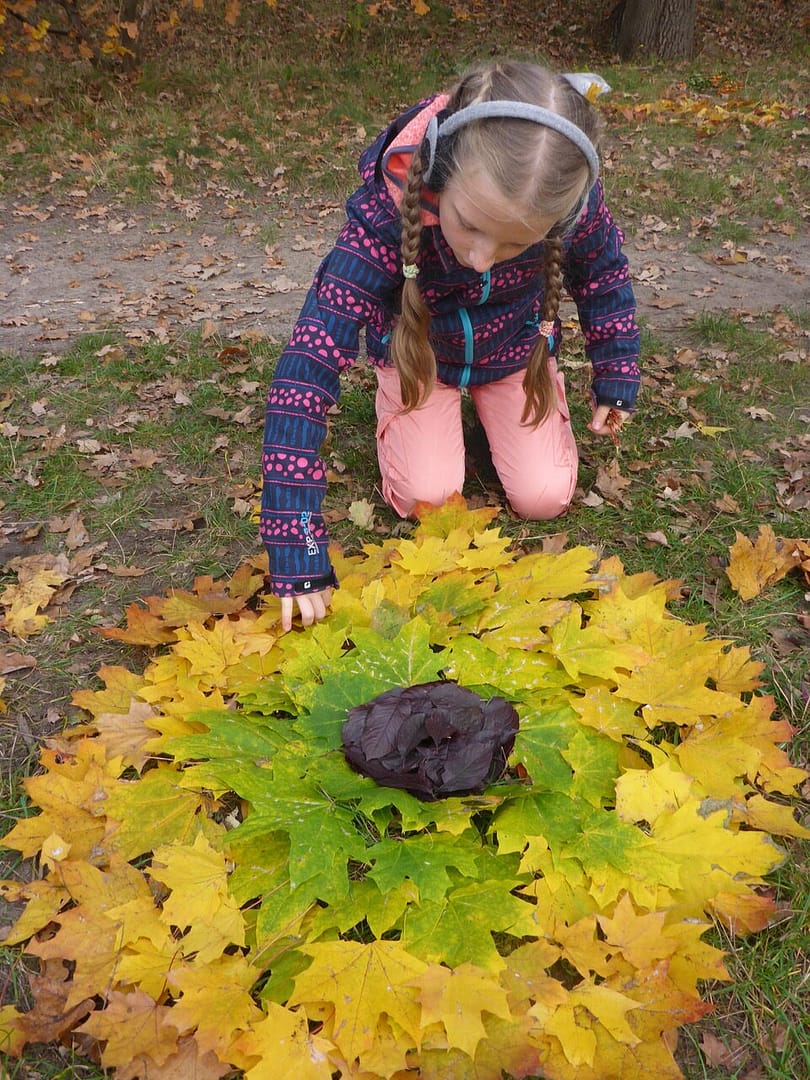by Gunter Grün-Oostinga
Abstract Today I would like to tell you about the training courses we are currently organising as part of our NQ project in Germany and about what is perhaps the most important message these training courses send out to our participants: enthusiasm is contagious!
Today I would like to tell you about the training courses we are currently organising as part of our NQ project in Germany and about what is perhaps the most important message these training courses send out to our participants: enthusiasm is contagious!
Letting children learn in and from nature is the aim of our project. It seems obvious that the institution where children spend most of their day should be able to do this, but this is not the case at all. In spring, we set out to find schools that we could accompany and support on the way to achieving this goal. We were delighted that the head teachers of two of the three schools we approached were open to regular nature programmes for the children in the lower school and another school that had heard about our project asked us to participate.
But convincing head teachers is one thing. Finding nature enthusiasts among the teachers who would also want to implement the project with their pupils is another. And so we presented our NQ project to the teaching staff with some doubts and good arguments in our luggage. Surprisingly, however, it didn’t take many arguments or much persuasion for a whole host of teachers to express their interest in both taking part in our further training courses and in the one-year programme. Apparently, there are many teachers today who want exactly that: more nature experiences in schools.

So we started the first training courses in September. Instead of starting straight away with the teaching of practical outdoor skills and didactic content, it was important to us to first give the teachers the opportunity to immerse themselves in nature and experience it with all their senses. To this end, Vera organised two one-day workshops, which she will report on in a blog article. During the last beautiful days of late summer, I was able to spend a Saturday immersing in the world of nature education with teachers from all three participating schools. In the meantime, several more half-day events have taken place and more are planned into the spring. That’s when things should get underway and the teachers, sometimes accompanied by us, will start nature programmes for their pupils (or continue them where there have already been good beginnings).
Participation in further vocational trainings generally raises the expectation of receiving information passively. However, the most important message of my course is that children are only too happy to be infected by our enthusiasm. So the first challenge was to reawaken in the participants the enthusiasm of a child who discovers nature as if it were a new world. This began already with various games on the footpath through the forest to our nature site. It goes without saying that all our workshops take place in nature.

The wild boar game, in which one part of the group has to hide at a distance from the path while the scouts hike along it, awakened everyone’s enthusiasm and eagerness to play. There was plenty of laughter during the co-operative spider web game and the subsequent “blind walk” along the rope of the “giant spider” into an old alder swamp forest was at least as much of a challenge for some adults as it is for children. Not being able to see in nature and relying on your other senses requires courage and trust, even in adults. Many nature education games, which aim to make it easier to experience connections in nature, are based on the dynamic between hunters and prey. At the same time, stereotypes of the evil hunter and the unfortunate prey dissolve when children slip into their roles. The fast movement of the game provides adrenalin and lots of laughter. And the same goes for adults. For example, when they have to play the mouse and buzzard game and try to collect their winter supply of nuts without becoming food for the teacher’s young birds of prey, which they are trying to catch as buzzards. In my opinion, feeling the euphoria of the game yourself is fundamental to getting children excited about it. And how much more exciting the game becomes when your own teacher joins in…

The participants experienced an equally deep immersion, only in a much calmer way, in our further training programme on the topic of “Creating in nature”. And here, too, the primary aim was not to teach didactic methods, but to allow the participants themselves to experience the colours and shapes of nature through their senses and ultimately to get creative with these elements. Although the teachers had already had a full day’s work with the children, they were soon deeply concentrated on creating small works of art of great beauty with bark, mushrooms and leaves. In the spirit of land art artist Andy Goldsworthy, the focus was not on the result but on the process of really understanding the nature of leaves, bark and mushrooms. Even children do not need an explanation to be inspired to such creative endeavours. If they don’t start doing this all by themselves, it’s enough for a teacher to do just that: start this kind of creative work themselves and let the child observe you for a while. Because: Your own enthusiasm is contagious! Whether it’s playing a wild group game, creating art, carving, observing animals, imitating bird calls and so much more that nature inspires us to do…
Try it out!




